When the VGA light on a motherboard is ON, it indicates that the graphics card is having an issue. Maybe it is not seated properly, or there is another issue associated with it. This article lists some fixes if your computer is not showing the display and the VGA light is on.
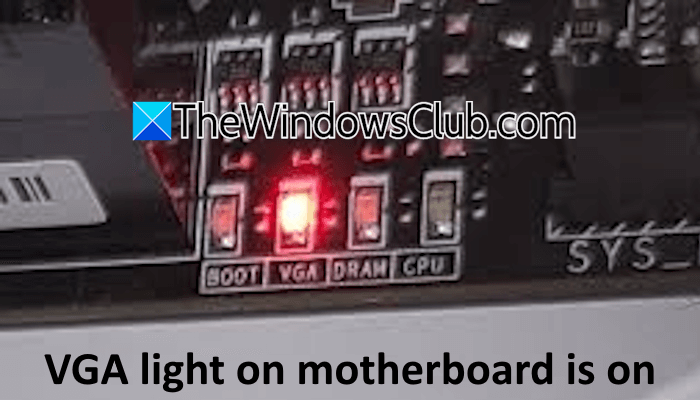
VGA light on motherboard is ON
Use these fixes if the VGA light on your motherboard is ON with no display but GPU works on a Windows 11/10 computer.
- Check the cable connections
- Turn on your monitor
- Do you hear any beep sound?
- Reset CMOS
- Clean your PC
- Reseat the GPU
- Set your BIOS to use the PCIe graphics
- Hardware fault
All these fixes are explained in detail below:
1] Check the cable connections
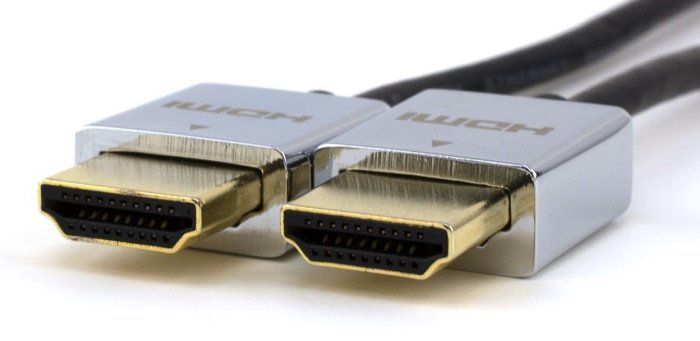
Check the cable connections. The cables might be loose due to which the VGA light is turned on. You can also try connecting the cable to another port (if available). The VGA light on the motherboard also turns on if the cable connecting your graphics card to the motherboard is faulty. If possible, connect the graphics card to your motherboard with another cable. This will let you know whether the cable is faulty or not.
2] Turn on your monitor
In some computer models, the VGA light turns on when the monitor is turned off. Turn off your computer. Now, turn on the monitor and then the computer. See if the display appears this time.
3] Do you hear any beep sound?

Do you hear any beep sound? Motherboards of different computers make different Beep sounds when a hardware failure is detected. You can know the type of hardware fault in your computer by decoding the beep codes. The list of beep codes and their meanings is available in the user manual or you can contact your computer manufacturer support for more information.
4] Reset CMOS
Resetting CMOS can also help fix such types of issues. This action will also reset your BIOS settings to the default values. Follow the steps provided below:
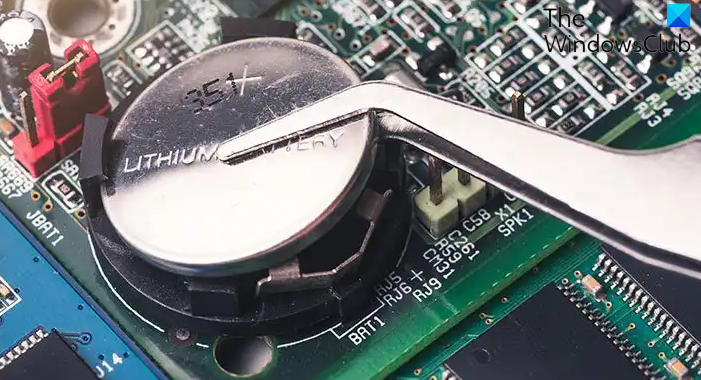
- Turn off your computer and unplug the power cord to avoid electric shock.
- Locate the CMOS battery on your motherboard.
- Gently pull it out of the socket.
- Wait for a few minutes and reinsert the battery with the correct polarity.
- Turn on your computer and see if the issue persists.
5] Clean your PC of dust
Dust can be one possible cause of this problem. If dust accumulates inside the ports, your graphics card will not be detected. Clean your PC (if it has not been cleaned for a long time). Completely turn off your computer before cleaning it.
6] Reseat the GPU
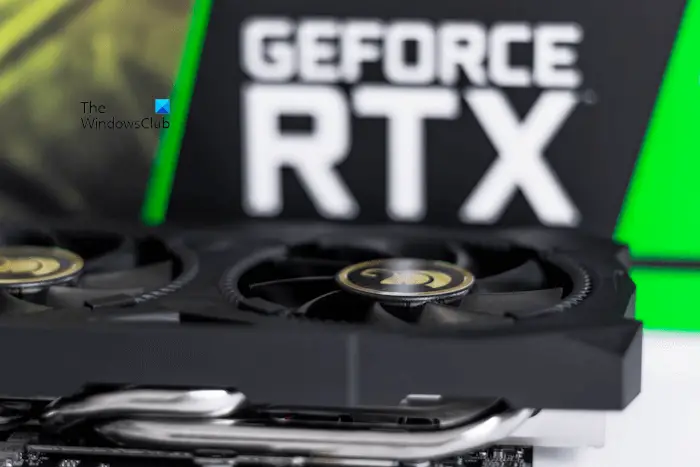
Make sure that you seated the GPU properly, so your motherboard detects it. Remove the GPU from the slot and reinsert it properly. It is better to clean the GPU and its slot before reinstalling it. Also, ensure you have installed the GPU in the right slot.
7] Set your BIOS to use the PCIe graphics
Certain settings in the BIOS can sometimes cause such issues. Open your BIOS settings and set it to use PCIe graphics. This will disable the integrated graphics card in the BIOS, and your computer will use the external graphics card.
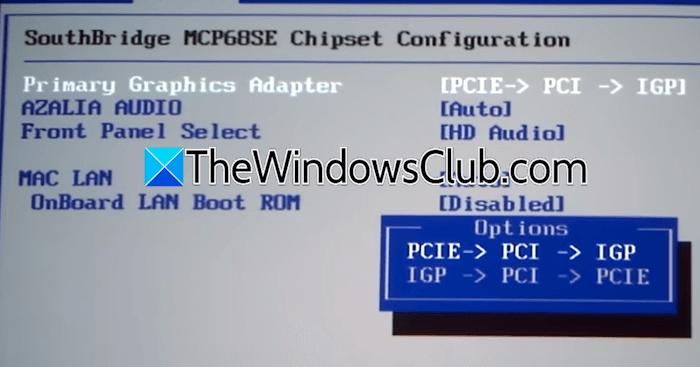
Different brands of computers have different BIOS settings. Hence, you must refer to the user manual or visit the official website to learn how to access this setting in the BIOS.
8] Hardware fault
Hardware fault may also be one possible cause of this problem. The issue may be with your Power Supply Unit, the graphics card, or the motherboard itself. You can connect your graphics card to your friend’s computer to find out whether it is faulty.
The last resort is to get a professional help. Take your computer to a professional computer repair technician to resolve this issue.
Read: DRAM light on motherboard is orange, but no display
Why is there a red light on my motherboard?
The red light on a motherboard usually indicates that there is an issue with the CPU. However, this can be different for different motherboards. When you notice a red light on your computer motherboard, read the name of the respective hardware and troubleshoot accordingly. If it is a red CPU light, the possible causes are an overheated CPU, power cable issues, misconfigured BIOS, faulty CPU or motherboard, etc.
Why is my VGA motherboard light on?
The VGA light on the motherboard indicates an issue with the graphics card. However, this light also turns on when your computer motherboard does not detect the graphics card due to loose cable connections or other reasons. Some motherboards also make a beep sound with the VGA LED indicator indicating a hardware fault.
Read next: Troubleshoot ASUS motherboard with Q-LED indicators.